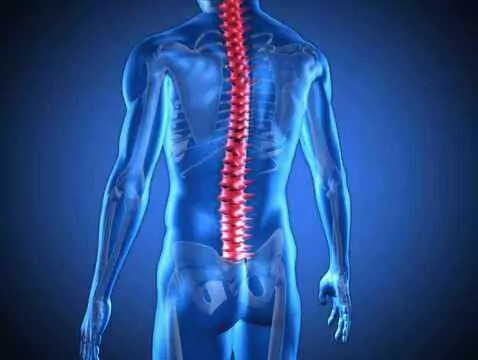Neurological disorders usually arise from ongoing pathological processes within the nervous tissue, but sometimes they have another basis which is internal organ dysfunction.
The most common disorders of this type are:
- seizures;
- myoclonus, i.e. violent muscle contractions;
- involuntary movements;
- dementia syndromes.
Epileptic seizures in the course of somatic diseases
The main cause of seizures is metabolic disorders. They occur in chronic renal failure, hepatic encephalopathy and glycaemic disorders. Simple motor and generalised seizures are most common. In hypoglycaemia, they are present in 7% of patients, while hyperglycaemia, up to 20%.
In addition to seizure episodes as a result of metabolic diseases, heart disease, thyroid disease and autoimmune disorders are also provocative factors.
Convulsions in cardiovascular diseases, autoimmune diseases and endocrinopathies
In approximately 20% of patients, epileptic episodes coexist with hypothyroidism. Hypothyroidism may favour increased seizure frequency in cases of previously diagnosed epilepsy. In cardiovascular conditions, seizures occur in focal or generalised ischaemic lesions of the heart, usually tonic-clonic or myoclonic in nature.

photo ojoimages
The most common autoimmune disease that semi-exists with seizures is systemic lupus. Up to 50% of patients with systemic lupus have experienced at least one seizure incident. During the course of lupus, cerebral vasculitis and subsequent formation of diffuse ischaemic or haemorrhagic foci in the central nervous system tissue, which are potential epileptic foci. Seizure morphology can vary, with simple, complex, myoclonic and absence seizures being the most common.
Myoclonics
Generalised or multifocal myoclonus may accompany liver failure, uremia or co-occur with dementia in podialysis syndrome, but the most common cause of focal spasms is hyperglycaemia, especially if associated with ketoacidosis.









